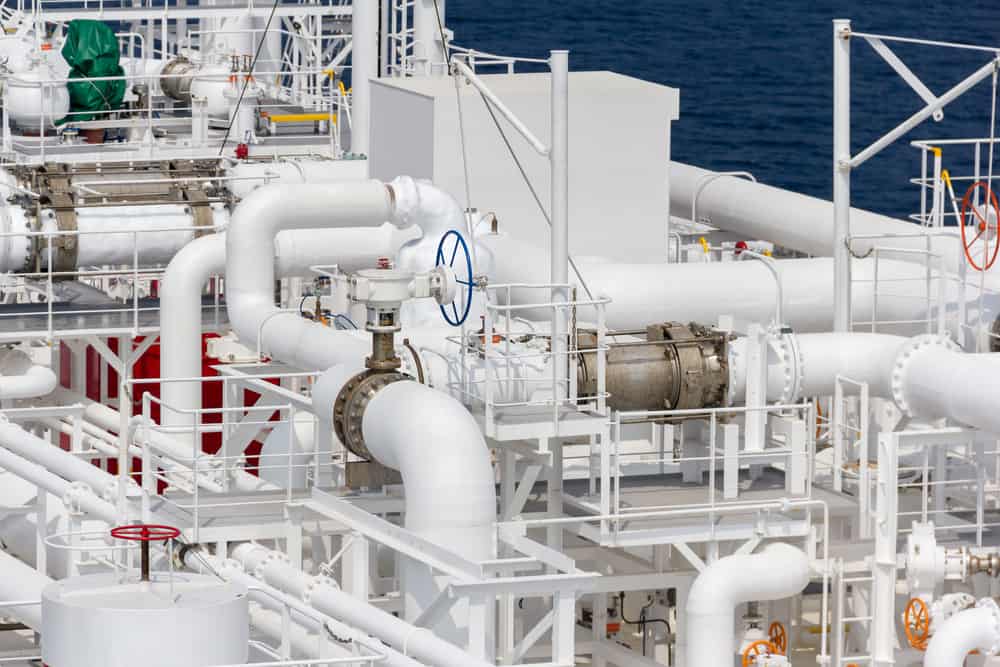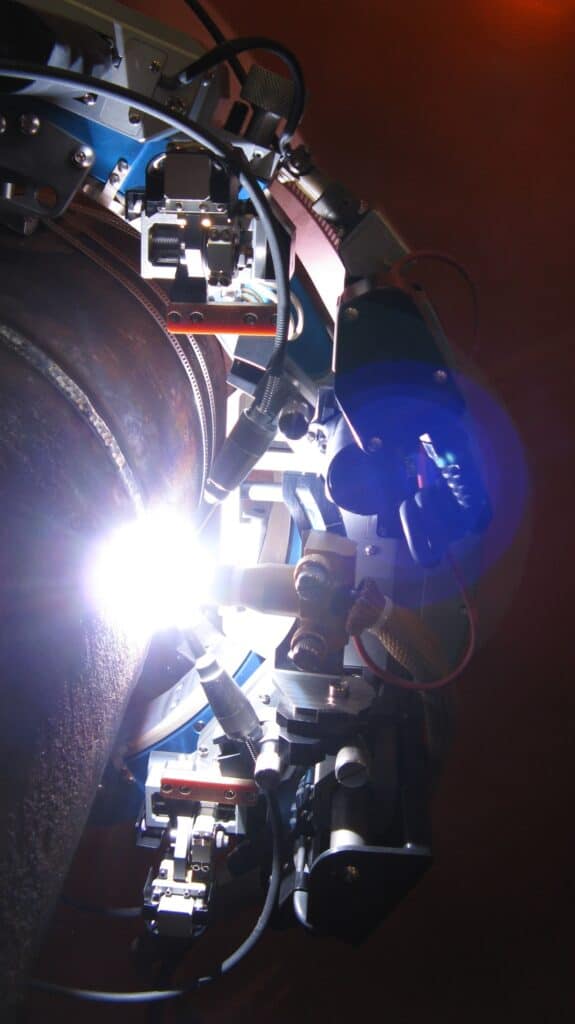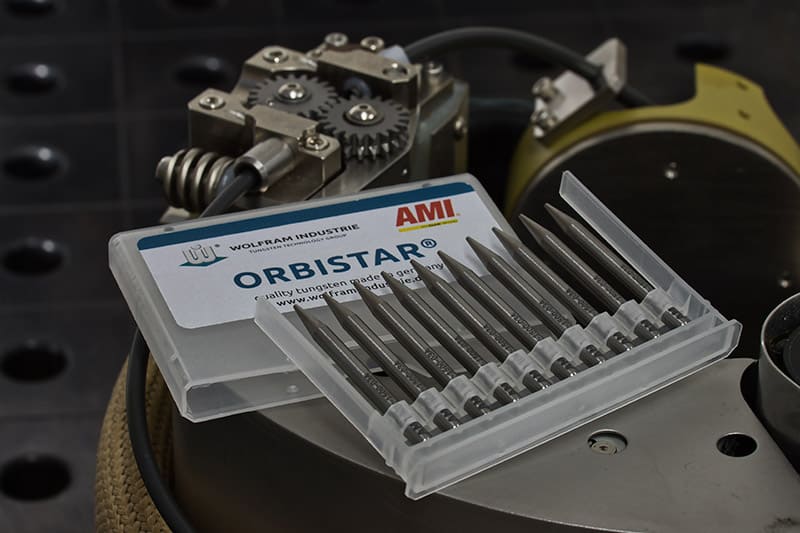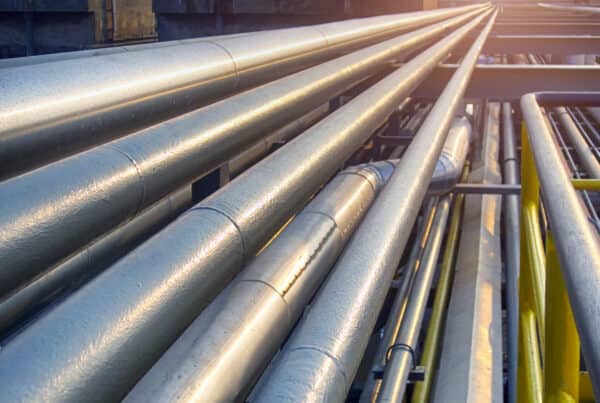
There is a saying that “life imitates sports.” Non-sport fans may find this amusing; however, fans will likely find wisdom in those words. It is not uncommon for a good defense to be fooled by a trick play in football. And regardless of how many fastballs a pitcher throws, he will eventually try to catch the batter off guard with a curveball. Similarly, irrespective of how well-planned your activities are, something unforeseen always seems to occur.
The same can be said for some of the most solidly built structures in the world: ships. Although these vessels are constructed to withstand extreme weather conditions and operational stresses, repairs present a constant concern. One contingency that can have disastrous results is the breakdown or rupture of piping systems onboard ships. Let’s see how to best avoid the physical damage, environmental contamination, or loss of life that can occur when pipes fail.
Requirements for Ship Piping Systems
The severe consequences of piping failures onboard ships have necessitated more than 50 ship classification societies or organizations that certify a ship construction. Approximately 25 percent of these organizations are members of the International Association of Classification Societies (IACS), which certifies roughly 90 percent of the world’s cargo-carrying ships.
In conjunction with the International Standards Organization (ISO), 16 working committees establish shipping industry standards. For piping systems onboard ships, the ISO/TC 8/SC 3 Committee, which publishes 62 standards, is the most relevant; it sets standards for piping and machinery. Classification societies also establish survey regimens that ships must undergo to maintain or renew their operating classification. The three surveys that must be performed are listed below.
** For renewal, all annual and intermediate survey requirements must be met, as well. |
The surveys listed above are performed routinely when the ship is in port to prevent any pipe breakdown at sea. As in sports, though, these breakdowns can still occur and pose significant challenges for the welder(s) onboard.
Welder Challenges Onboard Ships
Due to the various types of piping systems on ships that utilize different base materials and carry multiple kinds of fluids and gases, ships should have an experienced welder(s) to address any contingencies that develop. However, even experienced welders are challenged by the hazards of repairing pipes onboard ship.
Hazards of Onboard Ship Welding
- Lack of joint preparation
- Tight workspaces
- Lack of ventilation
- Temperature extremes
- Low visibility
- Constant motion
- Fire potential
Overcoming these challenges is no easy task, and they multiply when manual welding is the only option to address pipe failures on a ship. Fortunately, there is a better option, orbital welding, as discussed in the next section.
How Best to Weld Piping Systems Onboard Ship
Ship designers do not prioritize future repair needs. As a result, professionals—such as welders—must fix pipe breaches under terrible conditions. And this is certainly true for welding piping systems onboard ships. However, many of these challenges can be mitigated or eliminated by employing an orbital welding service, which has the following advantages for repairing a ship’s piping systems.
Advantages of Orbital Welding Piping Systems Onboard Ship

Removes the welder from the workspace
With orbital welding equipment, the welder is removed from the welding site; therefore, tight spaces are readily accessible.
Automated weld head control
Automation results in consistent and high-quality weld beads. For TIG welding, which is often used on ship piping, this produces the strongest weld.
Remote viewing of weld puddle
Remote viewing provides the best way to track the weld generation and weld puddle free from the obstruction of the fume cloud.
Safer process
Automated monitoring and control equipment make orbital welding a safer and more reliable process than most other techniques.
As the above list illustrates, orbital welding can solve many of the challenges associated with joining pipes aboard ships. The same is true for high-spec shipbuilding projects.
Arc Machines, Inc., a welding technology leader, brings decades of experience creating orbital TIG welding schedules for our clients. Solutions like AMI orbital weld heads are compatible with your robotic welding systems. Contact AMI to learn more about training, or contact sales@arcmachines.com to learn more about AMI orbital weld heads and power supplies.





